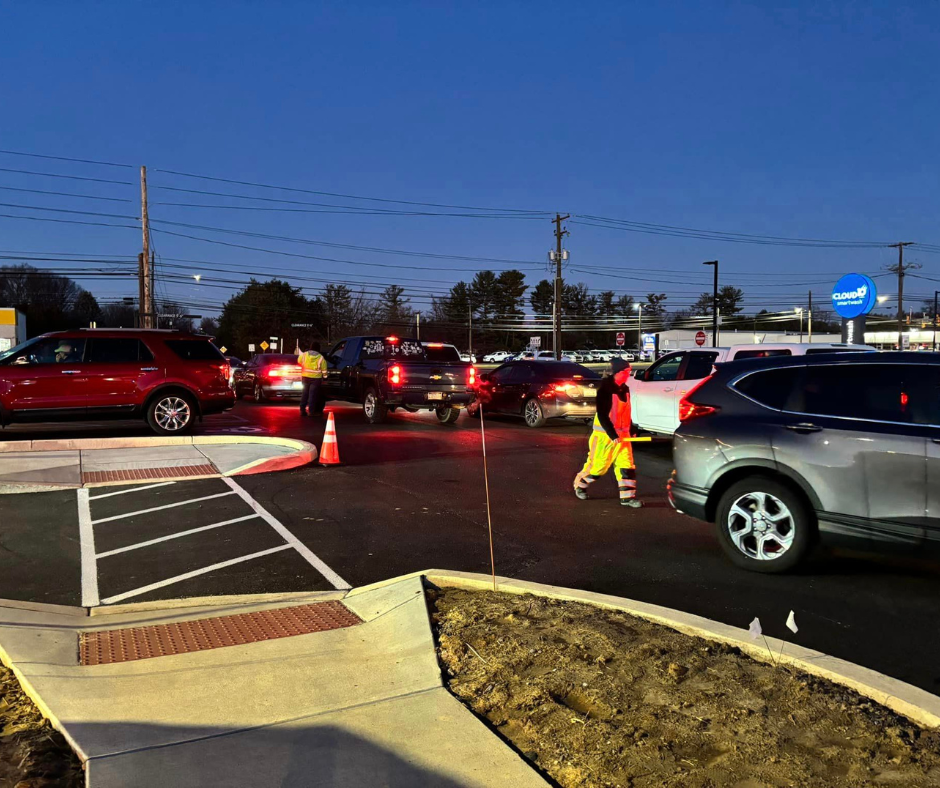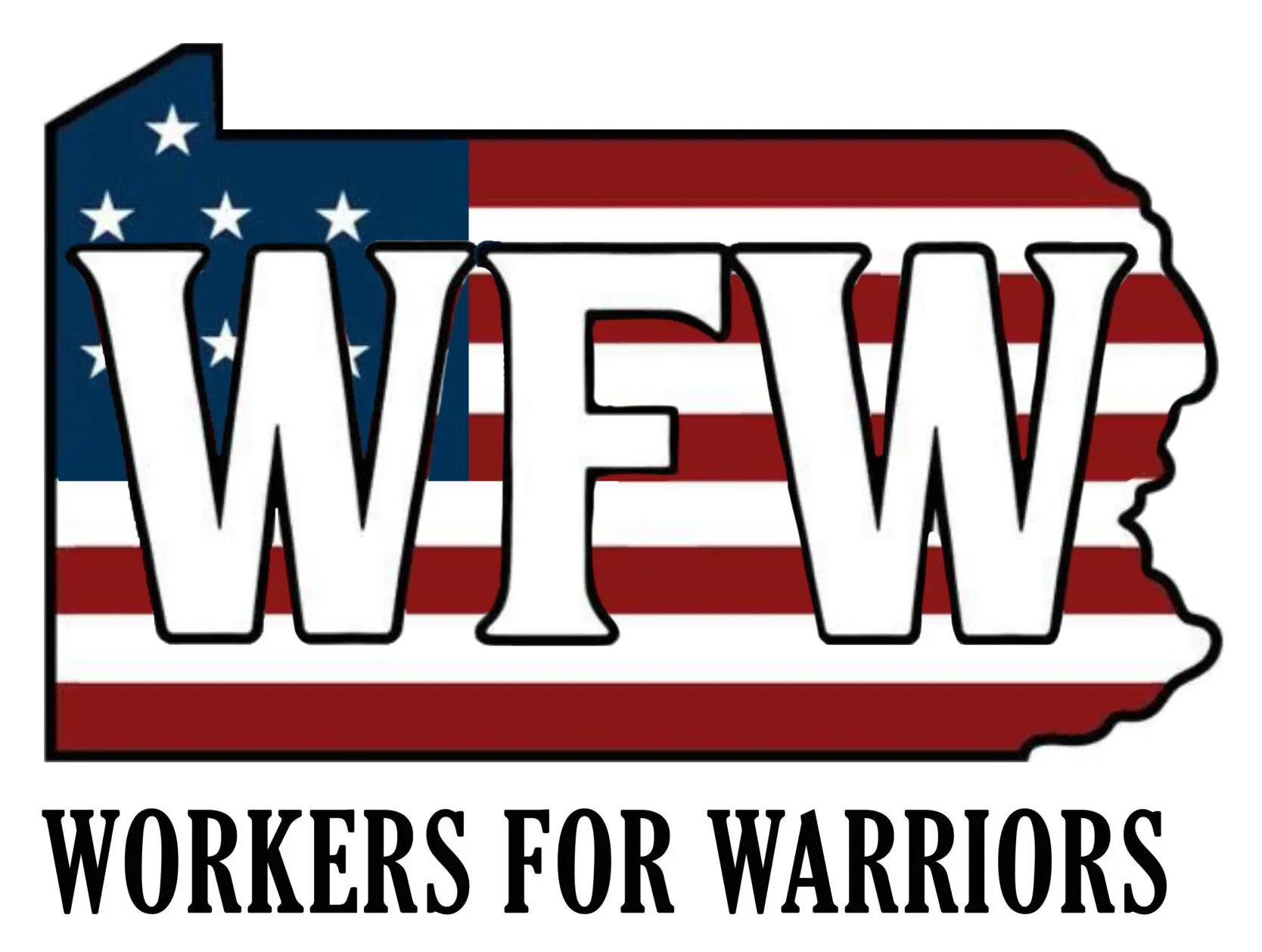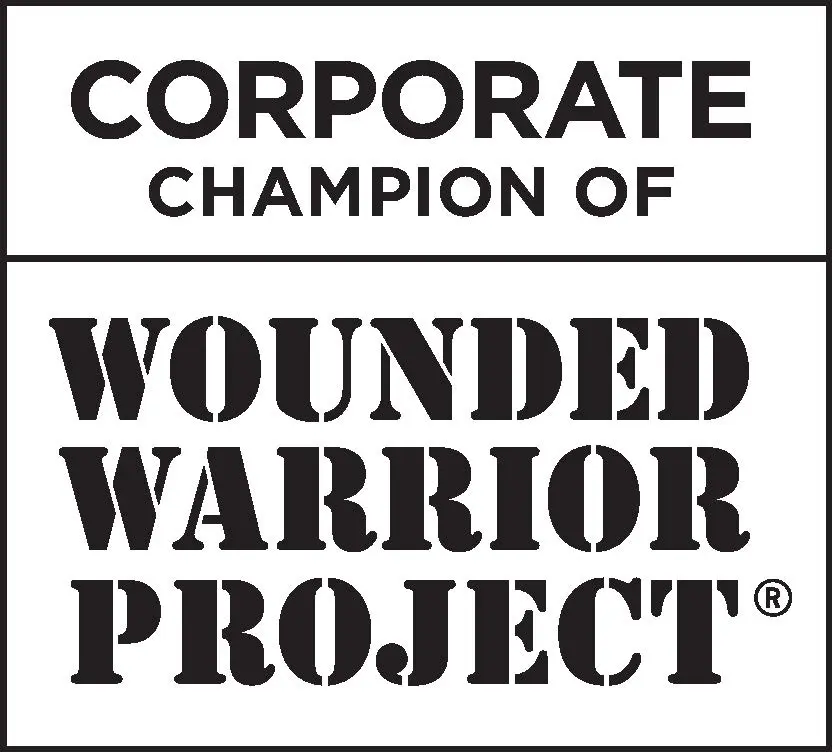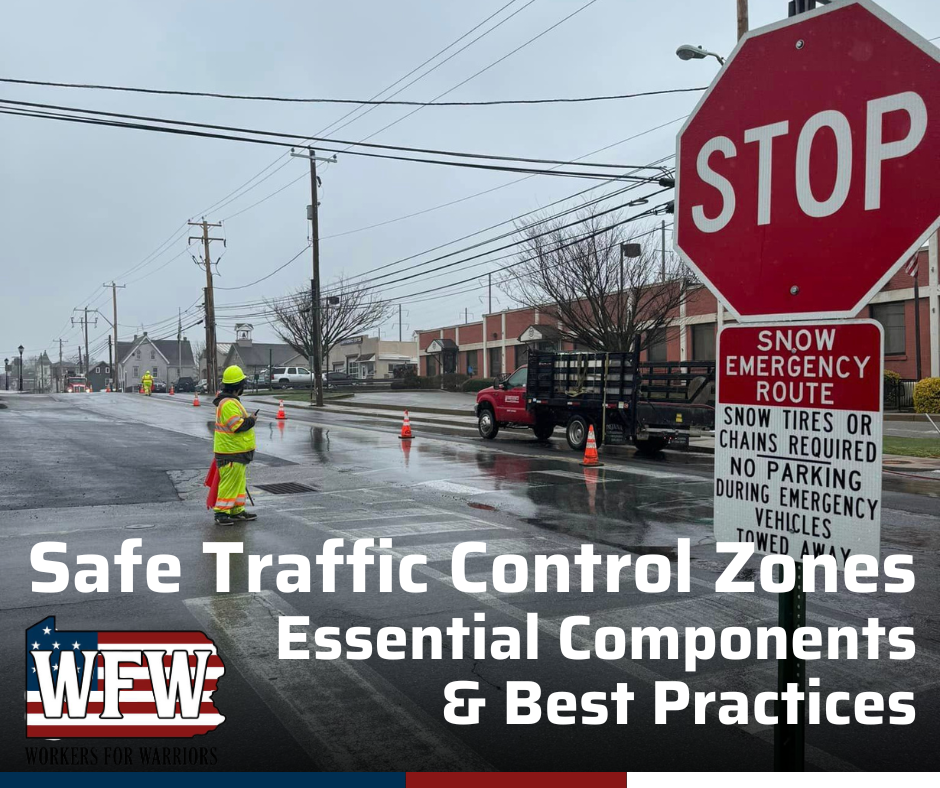In the world of construction, roadwork, and special events, ensuring the safety of both workers and motorists is paramount. One of the essential elements in maintaining safety on our roadways is the effective use of traffic control zones. These zones are carefully planned areas designed to manage traffic flow and protect everyone involved. In this blog, we’ll break down the key components of traffic control zones and their roles in keeping our roads safe.
What is a Traffic Control Zone?
A traffic control zone is a designated area where specific measures are put in place to direct, restrict, or manage the flow of traffic. These zones are commonly seen at construction sites, accident scenes, and during special events. Their primary goal is to ensure that roadwork or other activities do not pose a danger to drivers, pedestrians, or workers.
8 Key Components of Safe Traffic Control Zones
1. The Advanced Warning Area
The advanced warning area is the first area that drivers encounter when approaching a work zone. Its primary purpose is to alert motorists of the upcoming construction or maintenance activity. This area typically includes a series of warning signs, flashing lights, or other visual cues that give drivers ample time to slow down and prepare for potential lane closures or traffic shifts. By providing early notice, the advanced warning area helps to prevent accidents and ensure a smooth transition into the work zone.
2. The Transition Area
The transition area is where drivers move from the normal traffic lanes into temporary lanes or detours. This area is carefully designed to minimize disruption to traffic flow and protect both workers and motorists. It often includes tapered lane closures, lane markings, and signage to guide drivers safely through the transition. A well-planned transition area is essential for preventing congestion and ensuring a smooth flow of traffic within the work zone.
3. The Buffer Area
The buffer area is a designated space between the work area and active traffic lanes. Its primary purpose is to create a physical barrier that separates workers and equipment from passing vehicles. This area is typically marked with cones, barriers, or other physical obstructions to prevent accidents and protect workers. A well-defined buffer area is crucial for ensuring the safety of workers and minimizing the risk of collisions.
4. The Work Area
The work area is the central focus of the work zone, where construction or maintenance activities are actually taking place. This area may include heavy equipment, workers, materials, and other elements related to the project. The work area is typically marked with warning signs, cones, and other safety equipment to alert drivers and pedestrians of the ongoing activity. A well-organized work area is essential for efficient and safe operations.
5: The Termination Area
The termination area is the final section of the work zone, where drivers re-enter the normal traffic lanes. This area is designed to guide drivers back into the regular flow of traffic and inform them that the work zone has ended. It often includes warning signs, lane markings, and speed limit signs to help drivers transition safely. A clear and well-marked termination area is essential for preventing confusion and ensuring a smooth return to normal traffic conditions.
6. Flagger and Temporary Signal Area
The Flagger and Temporary Signal Area ensures safe traffic flow in zones with changing or unpredictable patterns. Using trained flaggers or portable signals , this area must be marked and supported with high-visibility clothing, proper signaling tools like stop/slow paddles, and coordinated radio communication to maintain safety and efficiency.
7. Lighting and Reflectivity
Lighting and reflectivity play a crucial role in ensuring visibility, especially for nighttime or low-light work environments. In such conditions, visibility becomes a major concern, and proper lighting and reflective materials help prevent accidents by making the traffic control zone and workers more visible. Key elements include portable lighting, which provides high-powered, mobile illumination for the work area, and reflective markers and barricades, which are essential for marking boundaries and directing traffic in dark conditions.
8. Emergency Access Area
The Emergency Access Area is designated to allow emergency vehicles to enter the work zone quickly and efficiently in the event of an accident or emergency. It must include wide, unobstructed lanes to ensure rapid entry and movement of emergency responders. Additionally, pre-designated and clearly marked routes should be established to guide emergency vehicles, keeping these paths free from obstacles and unnecessary traffic at all times to maintain a swift response capability.

Common Hazards In Work Zone
Work zones are essential for maintaining and improving the infrastructure in our communities, but they also present unique dangers. Here are some common hazards to be aware of:
- Moving Equipment and Personnel: Construction zones are a beehive of activity, with vehicles and workers constantly entering and exiting. Be extra vigilant and prepared to yield the right of way.
2. Reduced Visibility: Work zones often involve digging trenches or have equipment blocking your view of the road ahead. Stay alert and follow posted detours if necessary.
3. Unexpected Lane Changes: Be prepared for sudden lane closures or merges. These are often indicated by signs, but it’s crucial to stay focused and anticipate potential changes in traffic flow.
Tips for Driving in Traffic Control Zones
While Workers For Warriors prioritizes worker and driver safety, everyone has a part to play. Here are some essential tips for safe driving in work zones:
- Slow Down: Obey the posted speed limits, which are often lower than the regular road speed in work zones.
- Minimize Distractions: Put down your phone, avoid eating while driving, and focus entirely on the road.
- Be Patient: Work zones can cause delays. Be patient, maintain a safe following distance, and avoid aggressive driving behaviors.
Workers For Warriors Safe Traffic Control Zones
With extensive experience in traffic control, we provide unparalleled expertise in enhancing road safety and efficiency. Our team excels in designing and implementing tailored traffic management solutions for a wide range of projects. Whether it’s construction zones, special events, or complex roadway systems, we ensure smooth and safe traffic flow through expertly placed signs, signals, and barriers. Rely on our proven track record to deliver the highest standards of road safety and operational excellence. Let our traffic control mastery be the key to your next successful project.




